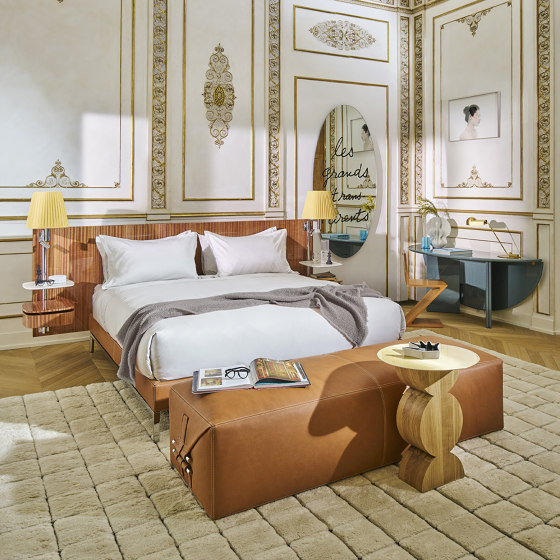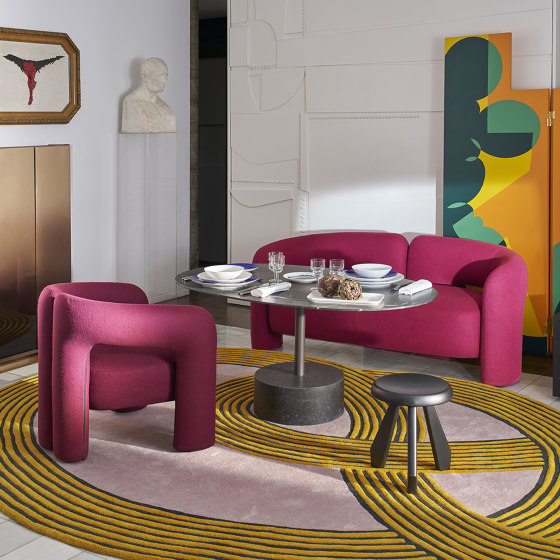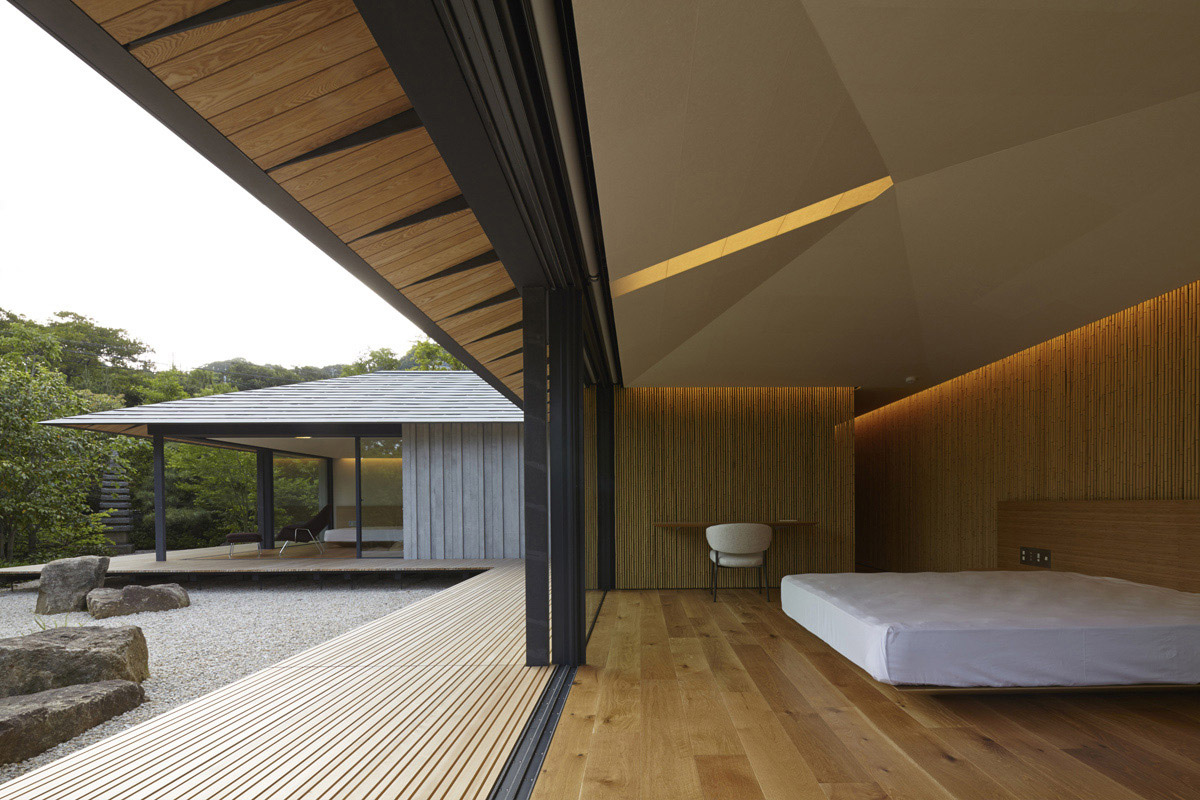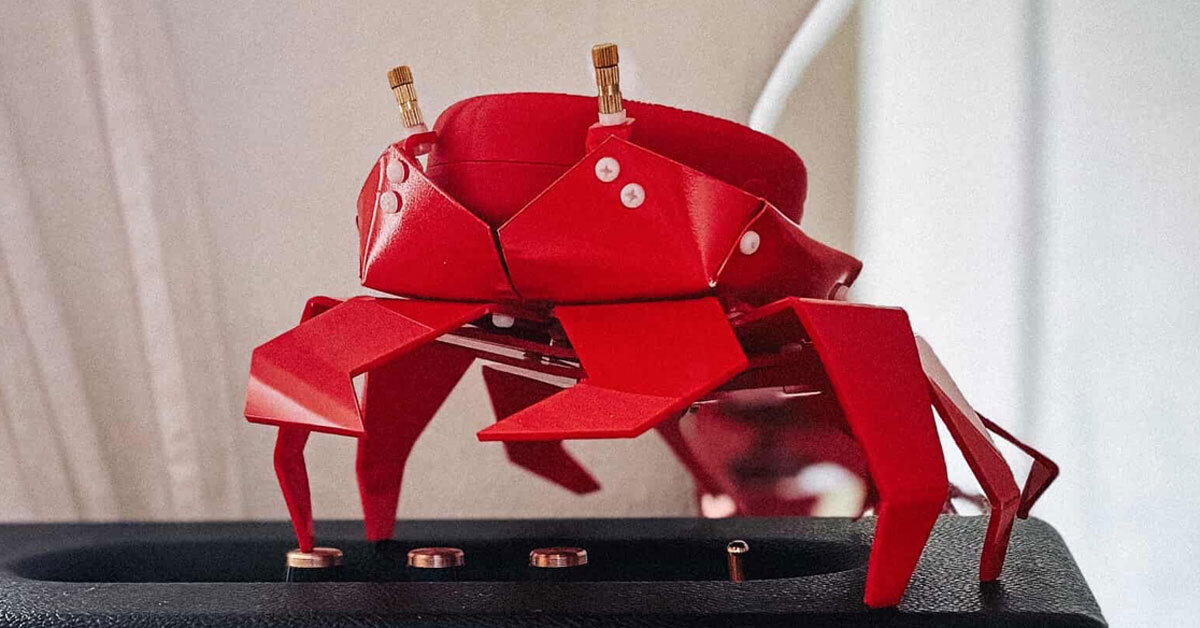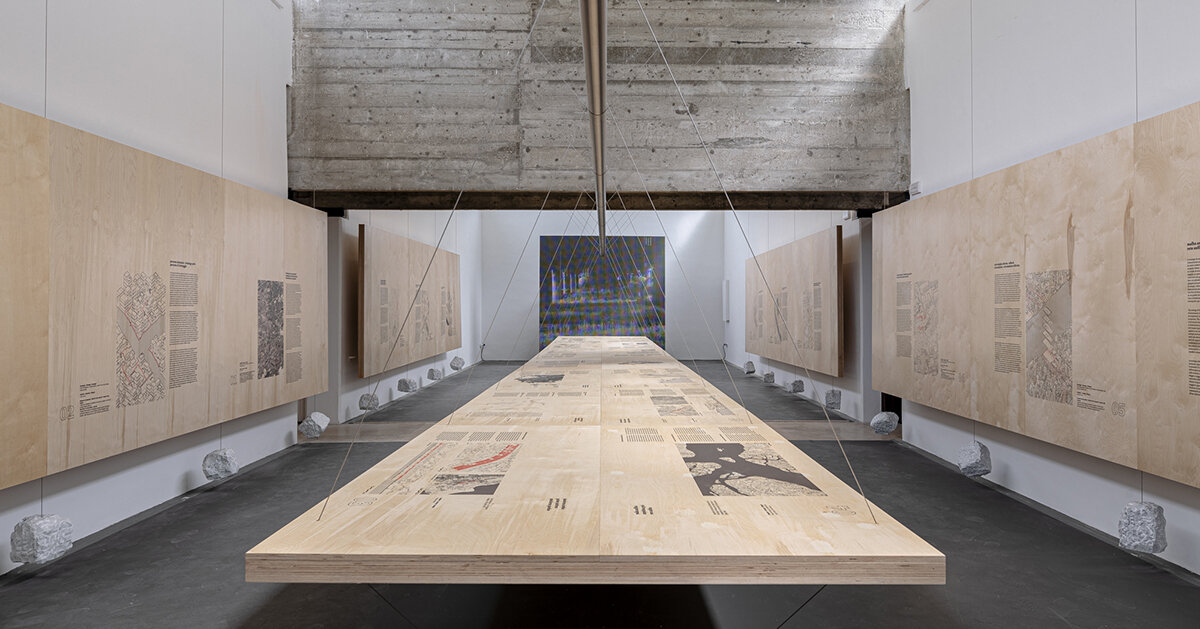Sarina designs bark-clad Forestrest seats to reference traditional Mongolian crafts
Mongolian designer Sarina has released a duo of stools clad in the pale bark of birch trees that celebrate the craftsmanship of the Oroqen people of Inner Mongolia. The Oroqen people are an ethnic group native to the Inner Mongolia region of northern China, who have been using birch tree bark in their handicrafts for The post Sarina designs bark-clad Forestrest seats to reference traditional Mongolian crafts appeared first on Dezeen.

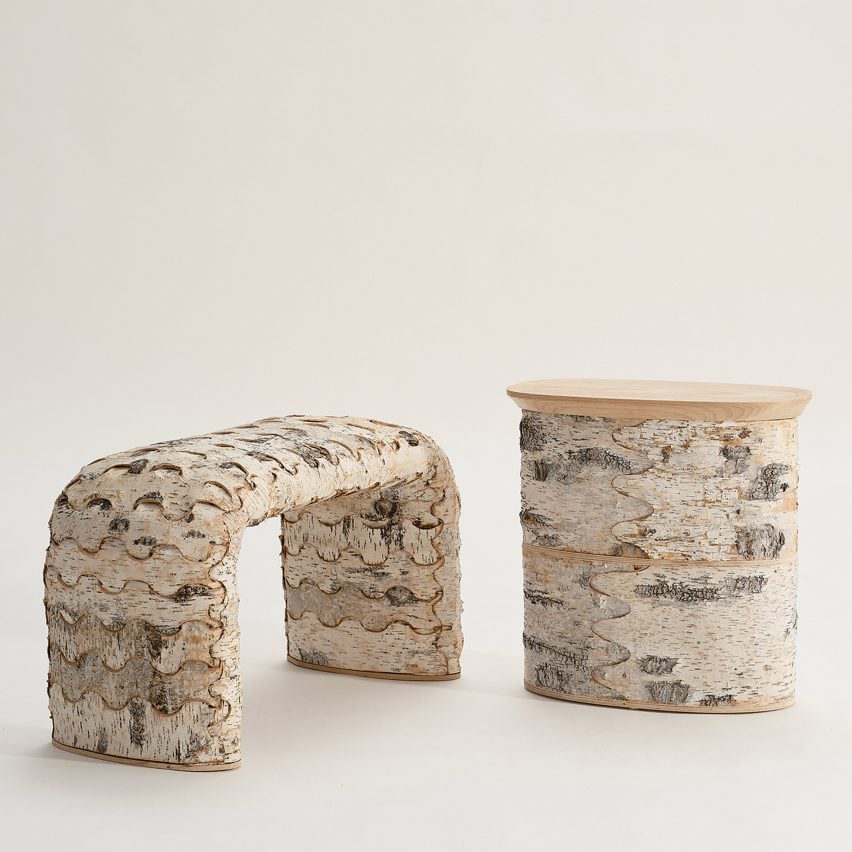
Mongolian designer Sarina has released a duo of stools clad in the pale bark of birch trees that celebrate the craftsmanship of the Oroqen people of Inner Mongolia.
The Oroqen people are an ethnic group native to the Inner Mongolia region of northern China, who have been using birch tree bark in their handicrafts for thousands of years.
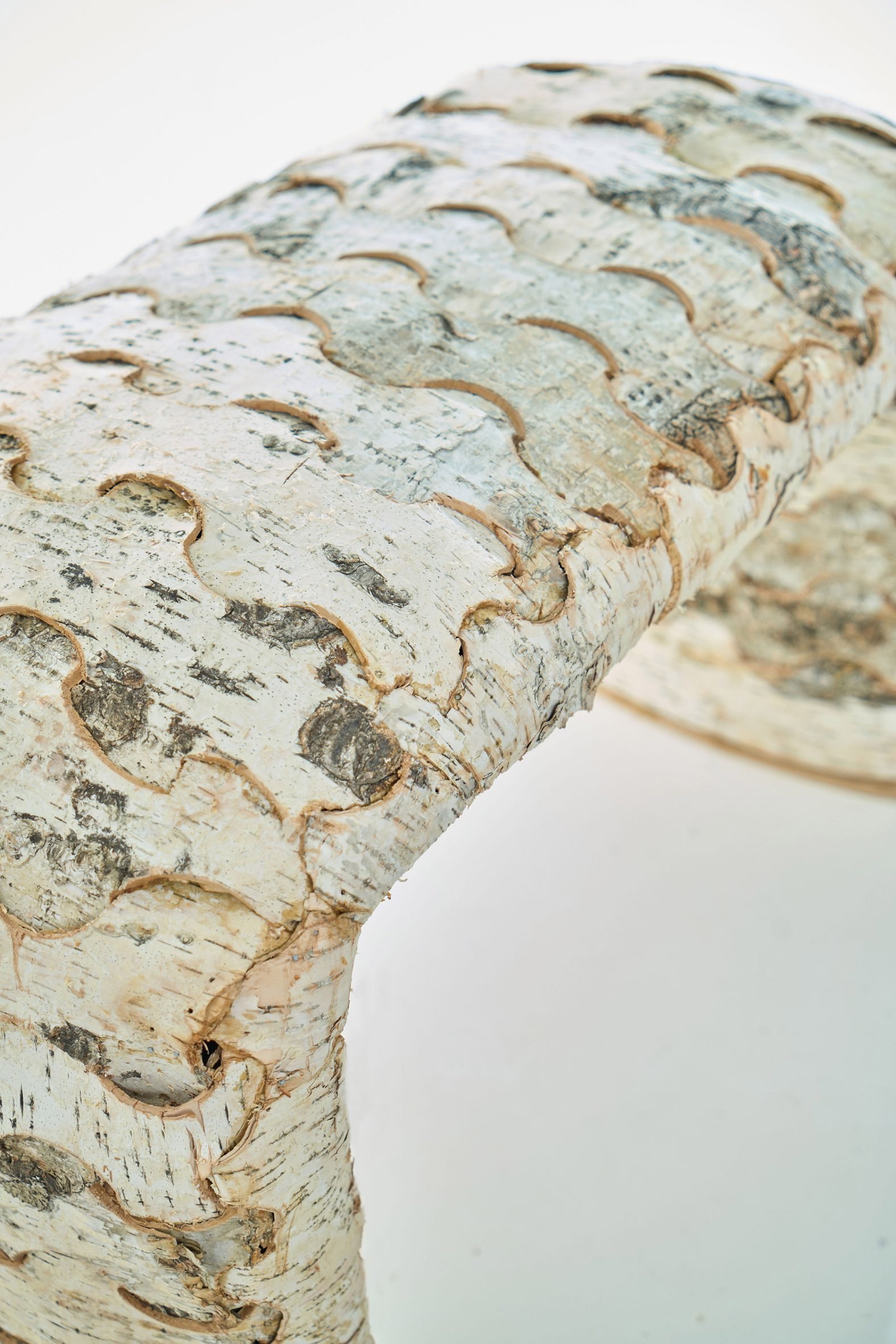
However, rather than the brown inner bark used by Oroqen craftspeople, Sarina decided to employ the birch tree's outer bark, which has a distinctive silvery surface pocked with grey knots and splits.
"I chose to preserve the white texture of the outer bark – this texture not only showcases the unique natural beauty of each tree scar but also adds new visual layers to the pieces," Sarina told Dezeen.
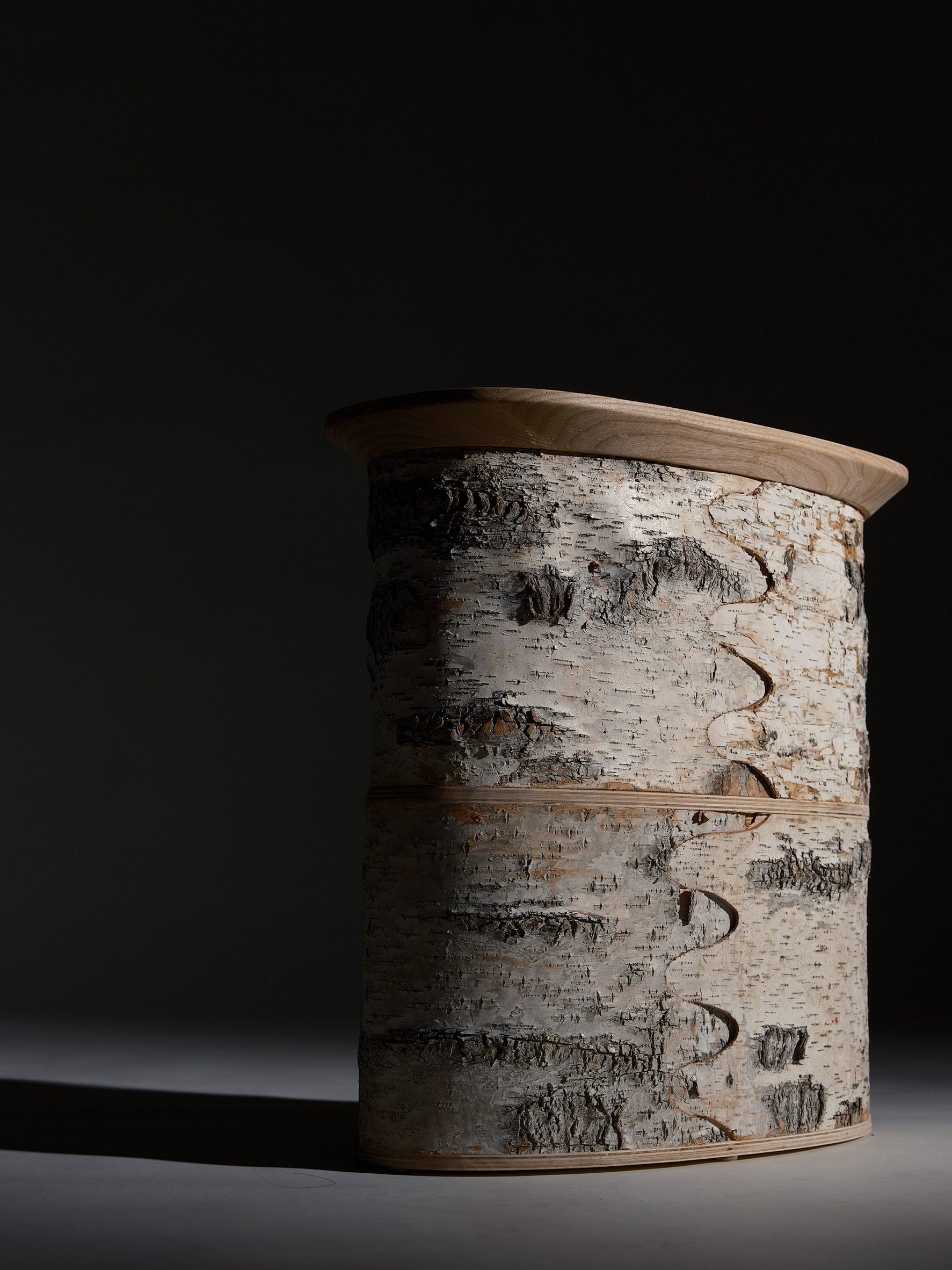
She treated the raw bark with traditional steaming methods to achieve a cardboard-like consistency that is malleable and pliable.
The pieces were then hand-stitched together using traditional bark-splicing methods, which resulted in characterful scalloped, wavy detailing between joins apparent on both pieces.
One seat is arch-shaped, while the other has an oval footprint with a chamfered solid wood top.
"The inspiration for the works comes from the inherent strength and weight of trees, while the simple curved design bestows an unexpected softness," Sarina said.
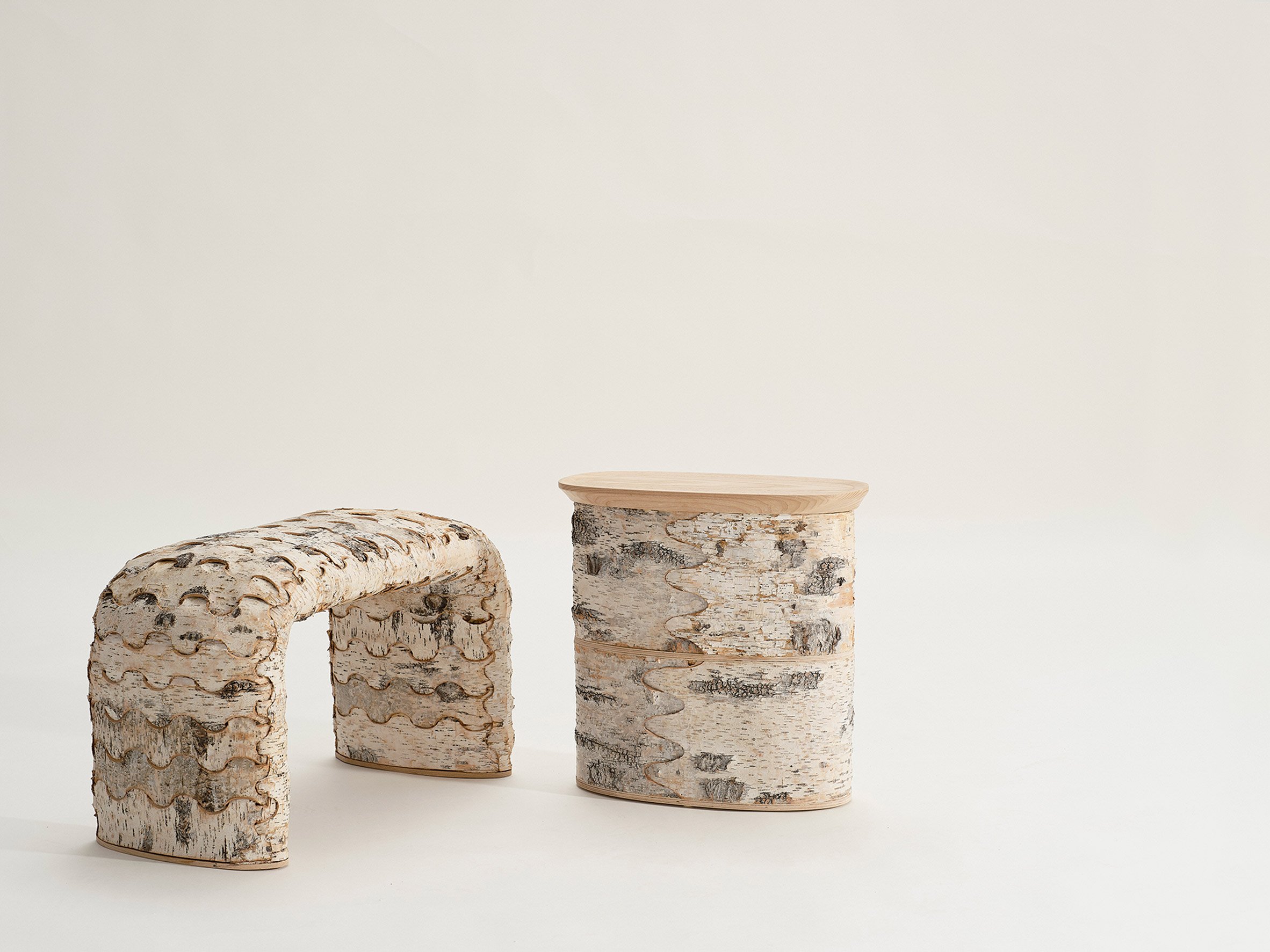
The designer envisages the seats to be used in residential spaces and imagines that they would suit interiors designed in Japanese, Scandi, minimalist and rustic styles.
Both stools are available to purchase and customised pieces can be hand-made upon request. Sarina is currently working on other similar items to add to the collection.

"Through the contrast of solidity and gentleness, viewers can experience a unique balance and harmony," she said.
"I envision these pieces being used in a variety of settings, possessing a strong sense of sculptural artistry while exuding a natural aura."
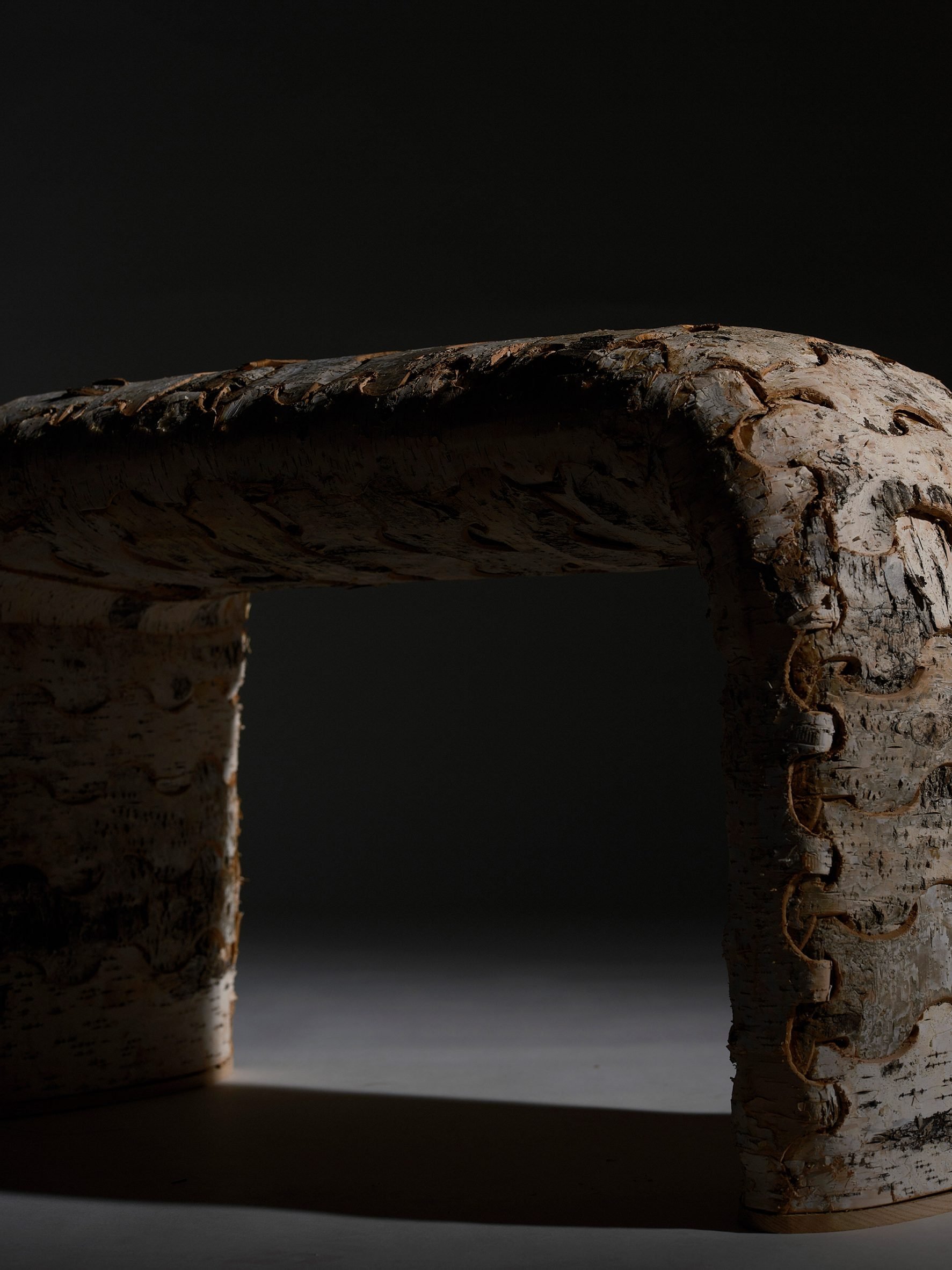
Sarina was born in Hulunbuir, Inner Mongolia, and produces work informed by her upbringing. She also teaches design at the Central Academy of Fine Arts (CAFA) in Beijing, China.
Other stools recently published on Dezeen include a series of playful stools made from dyed timber and a stool made from steel that has three separately adjustable legs.
The post Sarina designs bark-clad Forestrest seats to reference traditional Mongolian crafts appeared first on Dezeen.
What's Your Reaction?












